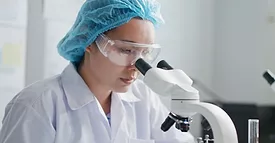Testing & Analysis
Tackling the Challenges of Microbial Challenge Studies
Defining the objective of a challenge study may be less straightforward than it may appear initially
June 17, 2025
Sponsored Content
Safeguarding your products with enhanced detection
Interactive Product Spotlight
April 22, 2025
Never miss the latest news and trends driving the food safety industry
eNewsletter | Website | eMagazine
JOIN TODAY!Copyright ©2025. All Rights Reserved BNP Media.
Design, CMS, Hosting & Web Development :: ePublishing



.webp?height=168&t=1691503719&width=275)







